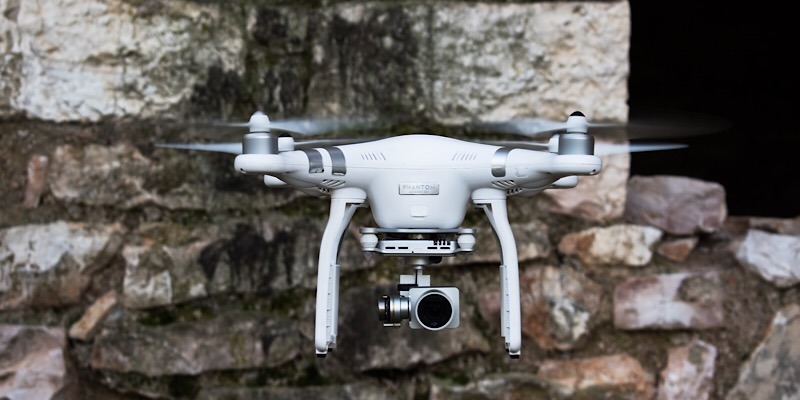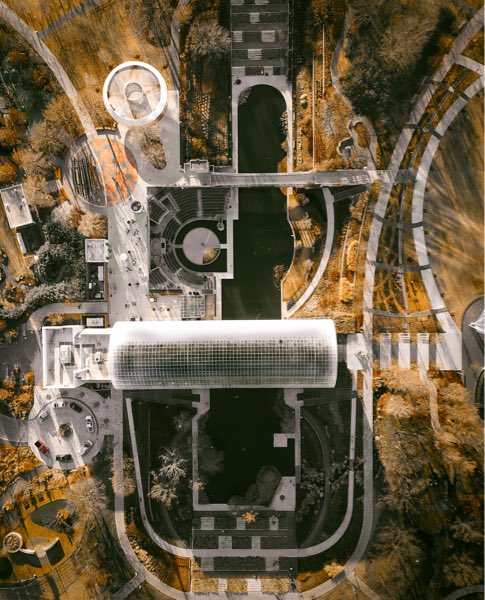
Drones seem to be booming in the business world. They keep finding more and more uses for them. While they first crept in as a delivery alternative, now they’re being used to watch over crops and other areas where a large view from the sky can be beneficial.
The latest area to be watched is city infrastructure. A research project from Lulea University of Technology is Sweden is looking into how teams of drones can autonomously watch over wind turbines to head off trouble early on.
Autonomous Drone Research
Sure, the amount of drones in the air can cause a problem, as they’ve been conflicting with air traffic to the point of grounding flights. That’s certainly an area that needs to be improved because more and more research is showing the positive impact drones can have, especially on the business world.
“Collaborative aerial robots for inspection can be utilized in all the aspects of the aging infrastructure,” said George Niklakopoulos, one of the researchers with the study.
“Characteristic examples could be wind turbines, dams, industrial installations, chimneys, buildings, and more. All of these inspection operations can be performed faster and safer by the provided innovation when compared to the nowadays solutions.”
This is something that could help human inspectors. Not only would a company not need to hire as many, saving them money, but the inspectors themselves could send drones in when a physical injury is at stake.

Lula University’s research involves using a modular system that combines localization, path planning, and mapping technology. Once the drones collect their data, they convert it into a 3D reconstruction of the inspected infrastructure.
As was mentioned before, too many drones could create a logistics nightmare as they crowd the airspace, so with no official drone air traffic controllers, it will take much advance planning, meaning perhaps there wouldn’t be a need for as many human inspectors, but instead they would need a work force to find a way to control the airspace better.
There are companies already working on incorporating drones for inspections. Intel signed on with the Minnesota Department of Transportation and Kentucky Transportation Cabinet. They’ll use drones to inspect bridges.
“We are currently working on improving the robustness of the technology to be directly applicable in multiple use cases, while we are also close to [finalizing] the creation of our spinoff in the field of autonomous aerial inspection,” add Nikolakopoulos.
Where We’re Headed
There’s no doubt about it that drones are definitely the wave of the future for many businesses, including government, both local and state, and most probably federal. Drones may have emerged at first as an expensive toy, but more and more they’re being used in very useful ways.
But that’s the whole idea of IoT, to help us do things to make our lives easier, inserting the Internet into our things to save us time and to allow for better control.
Where else do you see the benefits of drones? Add your thoughts and concerns to the comments section below.







